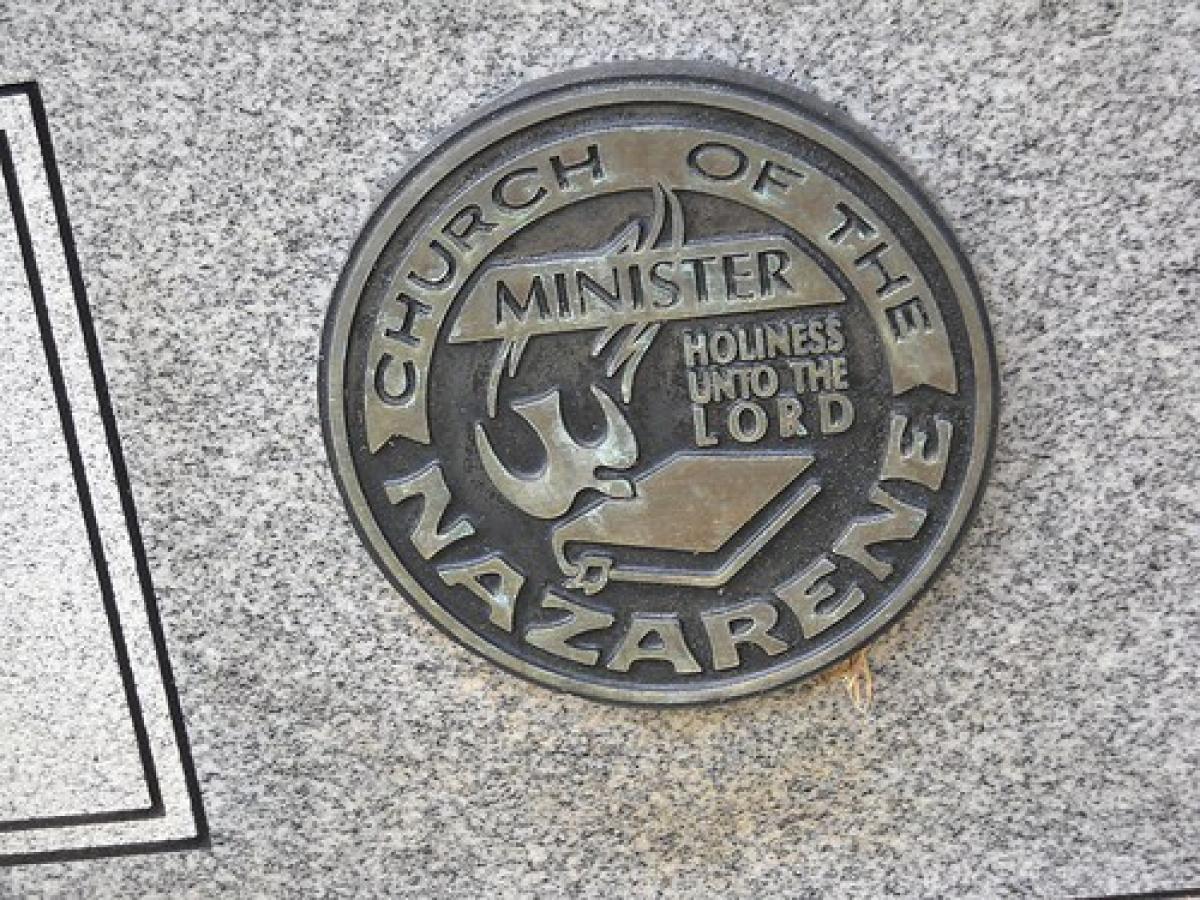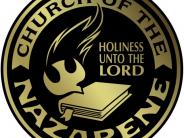- Our Community
- Community Overview City History Community Demographics Chamber of Commerce Events and Activities City Calendar City Parks On-Line Store Cemeteries Local Weather Photo Gallery
- Library School District Public Safety Emergency Management Police Fire ADA Compliance Americans with Disabilities Wall of Honor Wall of Honor
- Grove Regional Airport Grand Lake Association INTEGRIS Grove Hospital Har-Ber Village Lendonwood Garden Playmakers Theatre Cayuga Mission
- Doing Business
- Welcome Visitors
- Grand Lake Association Grove Area Chamber of Commerce Grove Regional Airport Playmakers Theatre
- Cayuga Mission Har-Ber Village Lendonwood Garden Grand River Dam Authority (GRDA)
- On-line Store Photo Gallery Events Where to Eat Where to Stay Where to Park in Downtown Grove Wolf Creek Park & Boating Facility
- Inside City Hall
- Contact City Hall Staff Directory Submit a Complaint or Comment City Code Comprehensive Plan Jobs - Equal Opportunity Employer Non-Discrimination Download Employment Application Submit Employment Application
- Agendas and Minutes City Council Boards and Committees Convention and Tourism Bureau Economic Development Authority Municipal Airport Authority Municipal Service Authority Planning and Zoning Board Zoning Board of Adjustments ADA Compliance Americans with Disabilities
- Departments Administration Airport Buildings and Grounds Community Development Economic Development Finance Fire Emergency Management Municipal Court Police Public Works Utility Services
- Helpful Resources
- Alerts and Notifications Email Subscriptions Events and Meetings Agendas and Minutes City Calendar In the News City News
- Contact the City Staff Directory Submit a Request or Concern Code Red Code Red Login Documents and Forms Documents and Reports Forms, Permits and Applications Maps
- Social Media City of Grove on Facebook Wolf Creek Park on Facebook Grove Animal Control on Facebook Frequently Asked Questions Frequently Used Numbers Helpful Links
Church of Nazarene

CHURCH OF NAZARENE - The Western group was the Church of the Nazarene founded in October 1895 in Los Angeles, California by Dr. Phineas F. Bresee, a minister in the Methodist Episcopal Church, and Dr Joseph Pomeroy Widney, a Methodist physician, and the second president of the University of Southern California.
Since its inception, the Church of the Nazarene has indicated that its mission is "to respond to the Great Commission of Christ to ‘go and make disciples of all nations’ (Matthew 28:19)". In December 2006, this was expressed more succinctly as "to make Christlike disciples in the nations".[ This frames the global mission of the denomination. In 2009 the General Assembly indicated in its revision of Article XI of the Manual the means for accomplishing its mission: "making disciples through evangelism, education, showing compassion, working for justice, and bearing witness to the kingdom of God." Since 2001, the three “core values” of the Church have been identified as “Christian, Holiness, Missional”. The denominational vision is: "to be a disciple-making church, an international community of faith, in the Wesleyan-Holiness tradition."
For many years Church of the Nazarene congregations had worship services (each lasting about an hour) three times a week: Sunday morning, Sunday evening, and Wednesday evening. The Sunday evening service was more evangelistically focused with gospel songs sung rather than hymns, testimonies given, and often concluded with an altar call inviting those seeking either salvation or entire sanctification to come forward and kneel at the altar. However, increasingly in recent years, the Sunday and Wednesday evening services in many Nazarene churches have changed from worship services to discipleship training, and many growing churches have utilized weekly small group meetings. Worship services typically contain singing a mix of hymns and contemporary worship songs, prayer, special music, reading of Scripture, sermon, and offering. Services are often focused toward a time of prayer and commitment at the end of the sermon, with people finding spiritual help as they gather for corporate praying.
Worship styles vary widely. Over the last twenty years, an increasing number of Nazarene churches have utilized contemporary worship services as their predominant worship style. This may involve the use of a projector to display song and chorus lyrics onto a video screen. More traditional Nazarene churches may have a song leader who directs congregational hymns from the pulpit or platform. In some worship services, particularly the traditional Wednesday night prayer meeting, members are often encouraged to "testify," that is, give an account of some aspect of their spiritual journey. A testimony may describe a personal encounter with the Holy Spirit or speak to a particular event of meaning in a person's recent Christian life. Prayers offered during services are most often communal and led by a single person. More recently, a small number of local churches have adopted a more formal liturgical style based on practices in the Anglican tradition.
Annual revival meetings have long been a traditional part of Nazarene life, and are still encouraged in the Manual, though may be seen less today than they once were. An evangelist comes to preach the revival services. The Church of the Nazarene licenses and credentials evangelists, many of whom earn their entire living through their ministry of evangelism. Most Nazarene districts also sponsor an annual camp meeting for adults and their families as well as separate camps for both teens and children.
A distinct approach to worship, especially in the early days of the Nazarene church, was the belief that ultimately the Holy Spirit should lead the worship. Services that were considered to be palpably evidenced by leadership of the Holy Spirit were marked by what was called "the Glory." Almost equal to the emphasis on the doctrine of entire sanctification was the emphasis on these unusual worship experiences. Church leaders were careful to avoid emotional techniques to bring about such services. Ritual and the usual order of services were not abandoned but were held loosely. While some of the services were marked by shouting, others were marked by testimony, weeping, and individuals seeking spiritual help.
While Nazarenes believe that the ill should utilize all appropriate medical agencies, Nazarenes also affirm God's will of divine healing and pastors may "lay hands" upon the ill in prayer, either at the hospital or in a worship service. A prayer for divine healing is never understood as excluding medical services and agencies.
Click any thumbnail image to view a slideshow

